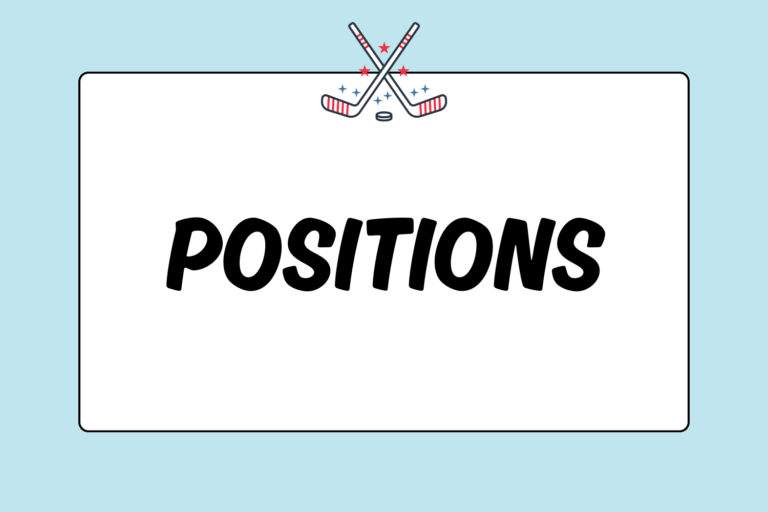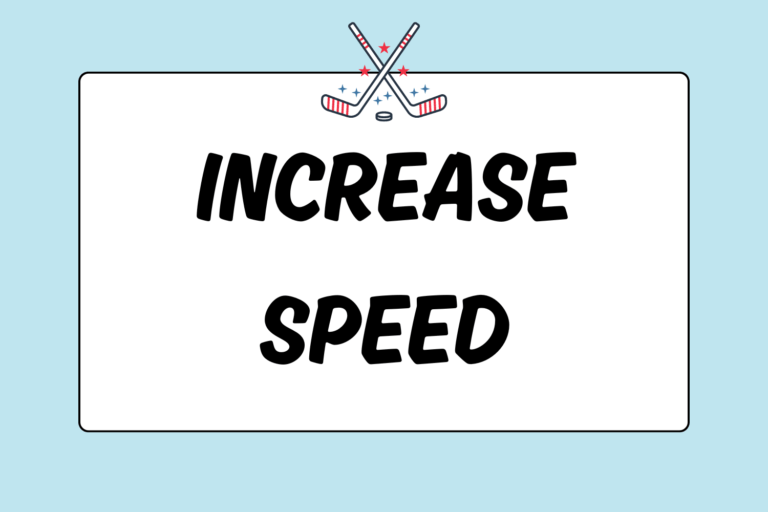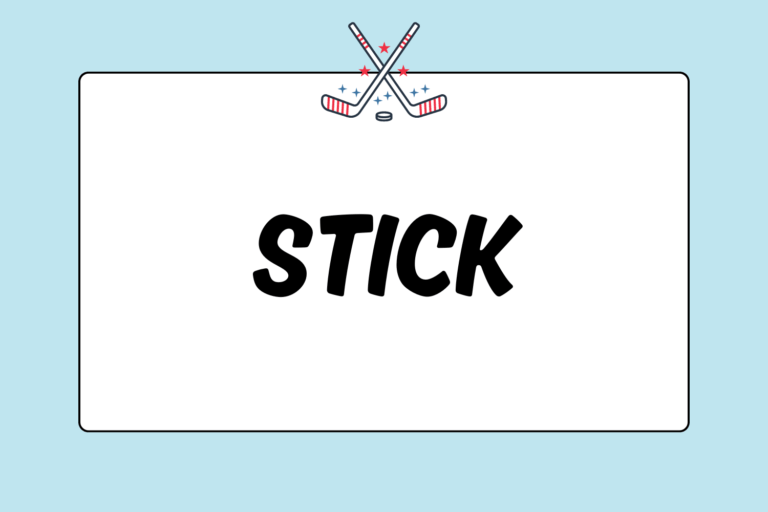Clear communication is a main component in refereeing a game. You communicate your calls through two methods: Hand signals and whistling. This guide will not only describe how to perform each hand signal, but it will also explain why and when each is used during a game.
Rules to Play By
Referees use hand signals to communicate to the other referee on the field, the players, and the coaches. As a referee, you can maintain a fast-flowing game by keeping your hand signals consistent and accurate.
Below are some of the best practices to use when calling a game:
- Stand stationary when making the call.
- Hold your signal up long enough for everyone to see and understand the call.
- Apply the advantage rule consistently and fairly to both teams.
- Be direct and confident by looking at the player who committed the foul when making the call.
- Never coach while refereeing.
- Do not use your authority to intimidate a player.
Primary vs. Secondary Calls
There are two types of signals you will make in field hockey: Primary and secondary.
- Primary signals indicate what penalty was called. A stroke, penalty corner, free hit, bully, or long corner would be considered primary calls.
- Secondary signals indicate why a penalty was called. For example, you would show that you called a free hit because of a high sick, stick interference, foot foul, lifted ball, etc.
When making calls, indicate the primary signal first and then the secondary signal.
Penalty Calls
The penalty is the initial call you would make during a game. Listed below are the hand signals for the different penalty calls made during a game, and suggestions on when to employ each one.
Advantage
An advantage is called when the team that was fouled gains a benefit from the foul. Generally, this is demonstrated by the ability to maintain possession of the ball and the ability to make a play. Once you see the foul, signal to indicate advantage, but delay calling the foul to determine whether the other team actually gained the advantage.
To indicate an advantage, point your arm high up in the air towards the direction the fouled team is attacking.
A Free Hit
A free hit is called for all minor penalties made in the neutral zone. To indicate a free hit, raise one arm horizontally towards the direction of the free hit.
A Free Hit Moved up 10 Additional Yards
A free hit is progressed up the field an additional 10 yards if the team that committed the foul wastes time or shows unsportsmanlike conduct. To indicate that a free hit is to be moved up 10 more yards, place one arm in the air and clench your fist.
Penalty Corner
A penalty corner is called for any minor penalties — foot fouls, lifted balls, obstruction — inside the 25-yard zone. To indicate a penalty corner, point both hands and arms horizontally towards the goal.
Penalty Stroke
A penalty stroke is called for any major penalty made inside the 25-yard zone. These are most commonly called against the defending team for preventing a sure goal with an illegal move, such as a foot foul or body contact, or for purposefully trying to injure another player. To indicate a penalty stroke, point one arm at the penalty stroke mark and the other arm up towards the sky.
Fouls
Fouls are infractions or illegal moves committed by a player. You will call the fouls to indicate why you called a penalty.
Dangerous Play
Dangerous play is called for anything you may consider dangerous. This can include a player using a high stick, attacking from behind, hacking, lifted balls, etc. To indicate dangerous play, place one arm diagonally across your chest.
Obstruction
Obstruction is called when one player uses her body to prevent another player from getting to the ball. To indicate an obstruction call, cross both arms in front of your chest.
Third Party Obstruction
Third party obstruction is called when a player runs between her teammate (who has possession of the ball) and an opponent trying to get the ball, essentially block the opponent’s path. To indicate third party obstruction, alternate opening and closing your forearms that are crossed in front of your chest.
Stick Obstruction
Stick obstruction is called when a player uses her stick to block another player from getting to the ball. To indicate stick obstruction, extend one arm down at about 45 degrees towards the ground. Place your other hand on top of your forearm.
Foot Foul
A foot foul, or kick, is called anytime a player touches the ball with her feet (intentionally or unintentionally). This call is sometimes overlooked if the other team gains possession of the ball (this would be an advantage). To indicate a foot foul, raise one leg and tap it on the foot with your hand.
Lifted Ball
A lifted ball is generally called if it is dangerous to anyone on the field. To indicate a lifted ball, hold your arms out in front of you horizontally. Turn your hands so your palms face each other and place one hand on top of the other, with about one foot of space in between.
Misconduct or Bad Temper
Misconduct or bad temper is a personal foul called against a player. You can use this call as a warning, but you can also issue a card (green, yellow, or red) depending on the severity of the misconduct. To indicate misconduct or bad temper, slowly move both hands up and down (at the same time) in front of your body with the palms facing down.
Five-meter Distance
The five-meter distance signal is used to indicate how far the players should stand from the player taking a free hit. To indicate the five-meter distance, place your arm in the air and extend the hand so all five fingers can be seen individually.
Time Signals
You need to signal every time the clock is started or stopped. Generally, both referees keep the game time, so you want to make sure both you and the other referee are on the same time.
- To indicate time being started: Face the other referee and place one hand straight up in the air.
- To indicate time being stopped: Face the other referee and cross both hands at the wrists with both arms straight up in the air.
- To indicate two minutes left in the game: Bring both hands straight up in the air with the index fingers pointed up towards the sky.
- To indicate one minute left in the game: Bring one hand up in the air with the index finger pointing at the sky.
Ball Out of Bounds
Especially if you are on the sideline, you need to indicate the direction of the free hit once the ball goes out of bounds. You always want to point in the attacking team’s direction.
Listed below are the various signals used to indicate the direction of the hit once the ball goes out of bounds:
- When the ball travels over the sideline, indicate the direction of the free hit by raising one arm horizontally and pointing it in the direction of the attacking team’s (the team that did not hit the ball out) goal. Point the other arm downwards towards the sideline.
- When the ball is accidentally played off the backline by a defender, indicate a long corner by pointing one arm at the corner flag closest to the side where the ball went out of bounds.
- When the ball is intentionally sent over the backline by an attacker, indicate a 16-yard hit by raising both arms horizontally and sideways.
Goal & Bully
A goal and bully fall into their own categories because they are not penalties, fouls, or an out-of-bound hit. Listed below are the signals given for a bully and goal:
- When the ball travels over the goal line, indicate a goal by pointing both arms horizontally towards the center of the field.
- To re-start time after it has been stopped for an injury or a non-penalized reason, call a bully. To indicate a bully, move your hands up and down in front of your body, alternating each one with your palms facing each other.
Call a Fair Game
Learning the hand signals for refereeing is the easy part of the job. Understanding the intricacies of the rules is the hard part. This guide listed the most common reasons to use the calls, but it is still limited. Work on your referee skills by reviewing all of the official rules. Visit our Rules & Regulations for more in-depth information on the rules of hockey.
You will also need to purchase an umpire-specific booklet to make sure you understand how to pair these hand signals with whistle calls. But, now that you have the basic tools to call a game, you can get out there and start practicing your hand signals!





